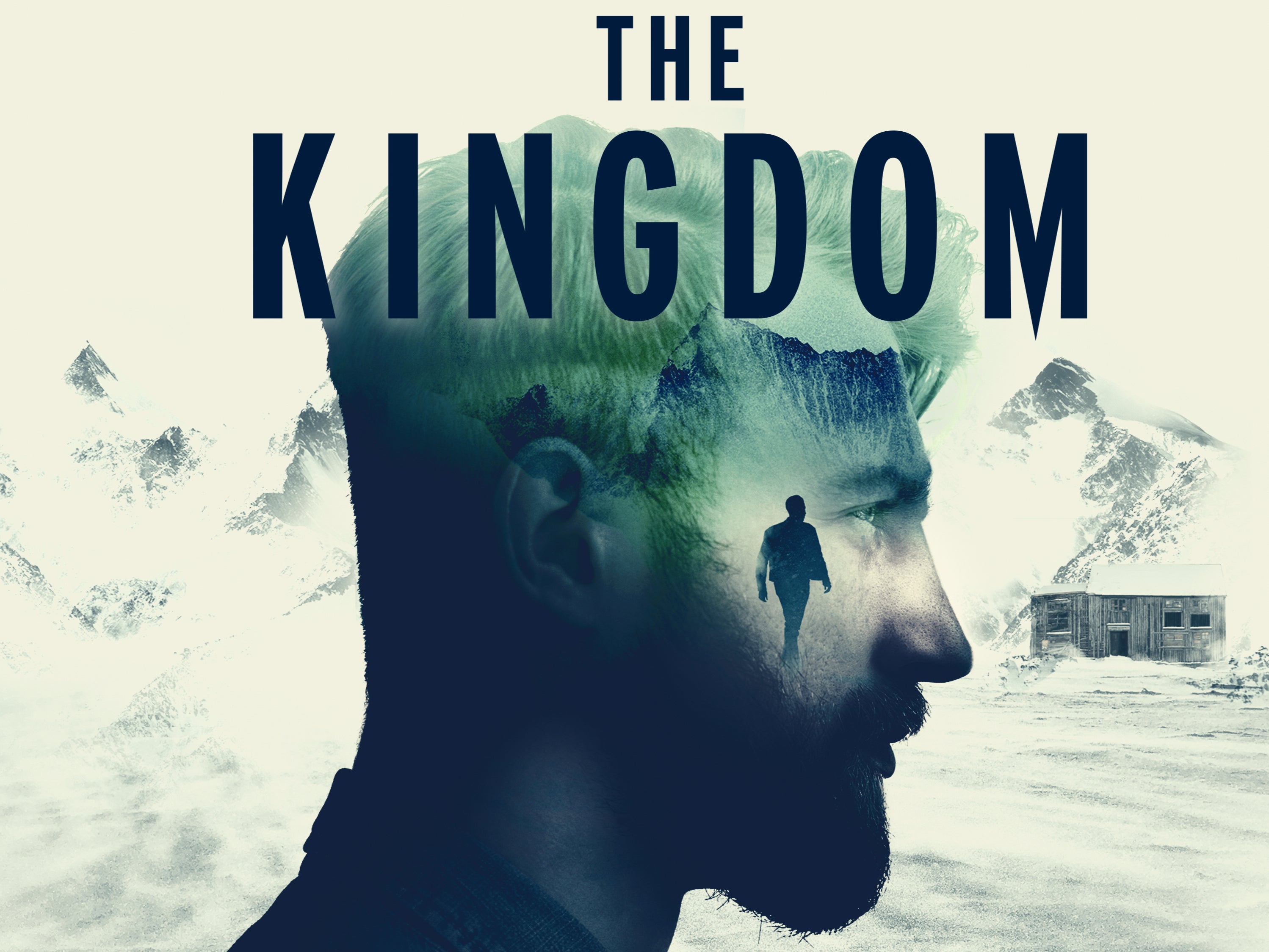
Thus showing through his point of view the vision and the body as a specific way of thought.

ABsTrACT This article aims to follow the intersubjectivity in Merleau-Ponty as experience of existence set in cor-poreity, in vision and body, the spread on the other and the world. Merleau-Ponty a visão como algo que fornece mais do que cores e, ainda, como algo que não se reduz à função do olho de ver a corporeidade enquanto animação do espaço pictórico, presentificação da condição ambígua do ser no mundo.

Mostrar, assim, em seu olhar sobre a visão e o corpo, um modo específico do pensamento. rEsUMO Trata-se de acompanhar em Merleau-Ponty a intersubjetividade como experiência de existência configurada na corporeidade, na experiência vivida, na visão e no corpo e em propagação no outro e no mundo. Mestranda em Filosofia pela Pontifícia Universidade Católica do Paraná (PUCPR). Next, we consider narrative thought, schema theory, and categorization, ending with what we, following Mark Turner, call the “literary mind,” and the role of mental images and the creative imagination.

The chapter proceeds to a consideration of sleep and dreams, as well as of the cognitive unconscious, and a review of current knowledge about memory, another major focal point of literary and cultural studies today. Equally important is the section on perceptual systems, including the fact that not all perception is mediated by language, contrary to what is assumed in most theory. Since ideas related to selfhood and self-identity are central and crucial concerns in literary studies, this section illuminates particularly the pertinence of the integrated, interdisciplinary approach that we are proposing. First, we present an approach to consciousness and concepts of self, based on the latest relevant research from scientific fields as well as the humanities. Such a lengthy, and rich, indigenous history throughout the Badlands deserves to be respected and appreciated, not tarnished, by art work that has become associated (rightly or wrongly) with our common racist heritage, the effects of which have been felt in every state of the union, in every community within North Dakota.The subject of this chapter is the mind: the activity of the brain. 2, 1884, that three carloads of Crows had arrived in Medora going from Fort Berthold, where they had been visiting, via Dickinson to Fort Custer: “They were gorgeously attired in various costumes and decorated with ornaments” (page 4). The ‘Bad Lands Cow Boy’ newspaper reported in its issue for Thurs., Oct. Of course, these three tribes, as well as host of other tribes, had also hunted in the Badlands time out of mind.Īnd once Northern Pacific Railroad trains began running along their rail line, the Crows rode the train to visit the Hidatsa, who were their distant relatives. In particular, the Crows, living southwest of this area, crossed through it to barter their horses for garden crops and a variety of other goods provided by the Hidatsa, the Nueta/Mandan, and the Arikara/Sahnish. Previous to that, this whole area had been used for centuries, or perhaps millennia, by Native American tribes crossing back and forth to visit each other and to exchange goods. We should all take into consideration that the land where the Roosevelt Library will stand had been part of the Fort Berthold Reservation from the time of the first Laramie Treaty in 1851 until the summer of 1880, when a presidential executive order removed it from the tribes, so that the Northern Pacific Railroad could build its rail line through there at that time. That statue has become – quite improbably! - a symbol of racist features in our collective past. Given Roosevelt’s own expressions of racism, it would be a mistake to display the statue that has just been removed from in front of the American Museum of National History anywhere around Medora or within Billings County. Another such passage taken from his writings was quoted by the late Edmund Morris in the first volume of his Roosevelt biography entitled ‘The Rise of Theodore Roosevelt’ (on page 306). One of them is his book ‘Hunting Trips of a Ranchman’. These are writings describing his views and experiences in Dakota Territory. Perhaps for this reason, or perhaps because of his own character, there are several passages in his writings that have racist overtones. When he was hunting and ranching in Dakota Territory, in the 1880s and 1890s, he perhaps readily the views of the cattle barons who had brought their stock to graze in the Badlands. Since then, perceptions of the statue have gone in another, perhaps totally unforeseen, direction, focusing on the past mistreatment of minorities.Īs it happens, Roosevelt himself has a checkered past, involving racist views. Fraser seems to have been sympathetic to the plight of Native Americans, so that this Roosevelt statue was not intentionally meant to demean any one of its three figures.


 0 kommentar(er)
0 kommentar(er)
